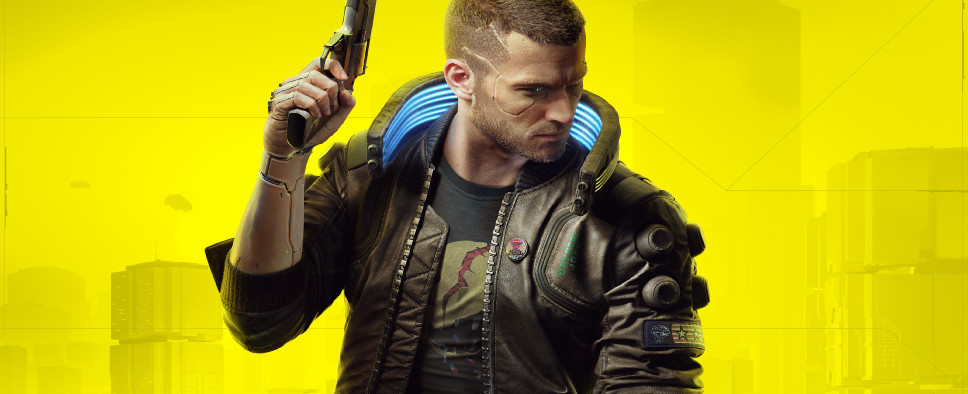Cyberpunk 2077 - Character Progression Details, Mike Pondsmith Interview
-
Category: News ArchiveHits: 2008

The official Twitter account for Cybeprunk 2077 brings us this brief video where Miles Tost, a level designer on the game, shares a few details about its character progression system. According to him, Cyberpunk 2077 will feature a take on the “learn by doing” system where depending on your proficiency with a certain weapon type, your animations will gradually become smoother and more responsive. Check it out:
Listen up, Choombas! Miles Tost, level designer on #Cyberpunk2077, has got some cool beans to spill regarding the game's character progression system. You in? pic.twitter.com/G22hwBB3eL
— Cyberpunk 2077 (@CyberpunkGame) July 5, 2019
And then, you may be interested in this VGC interview with Mike Pondsmith, the original creator of the pen and paper Cyberpunk RPG. The interview goes over Pondsmith's collaboration with CD Projekt, Keanu Reeves' involvement with the game, and more. For example:
How much scope is there for more stories in the Cyberpunk universe?
There are tons of them. One of the things that we’re doing now is that we look at Cyberpunk the series as essentially a trilogy much like Star Wars, or the different generations of Star Trek. 2013 was about a world that was recovering and learning to use new technology. 2020 was a world in which corporations were supreme and abused that power tremendously. The new book we’re doing at Talsorian, Cyberpunk Red, is about how people recover from that screw-up, take the wheel for themselves and redirect where they’re going to go.
A lot of 2077 is about that push between people who want to gain power from the corporations and their groups, and the people who have had a taste of their own freedom and are not going to go along with this. So right now Talsorian is running the Empire Strikes Back, while 2077 is essentially Return of the Jedi or beyond even. There are a lot of stories to tell there, if you don’t keep them to a specific group of characters, if you recognise that there are a lot of people with a lot of interesting stories.
And you’re not fussy about what medium those stories are told in?
No. I’ve recognised over the years that you have to adapt to the medium to make it effective. You don’t use one medium the same way you use another. What I do with tabletop is very different from what I would do in a video game. Having to go between the two of them now, I can see that there are things that are easy to do in tabletop that I would never try to do in video games, but there are things in video games that have much higher impact than they’ll ever have in tabletop. And that will change if we ever do a film for this thing. What I expect to see will be different.
The trick for all of us involved in the project is to make sure than it sticks to a certain set of roots. If you look at the game logo, it’s basically version four of something I drew 30 years ago, in the middle of the night with my own hand writing. But the roots of it, the choices of how the font goes together, how it’s broken up… that’s carried forward.

